The U.S. Surgeon General released a report on the harmful health consequences of involuntary exposure to second-hand tobacco smoke
On Jun. 27, 2006, the U.S. Surgeon General released a report on the harmful health consequences of involuntary…

On Jun. 27, 2006, the U.S. Surgeon General released a report on the harmful health consequences of involuntary…
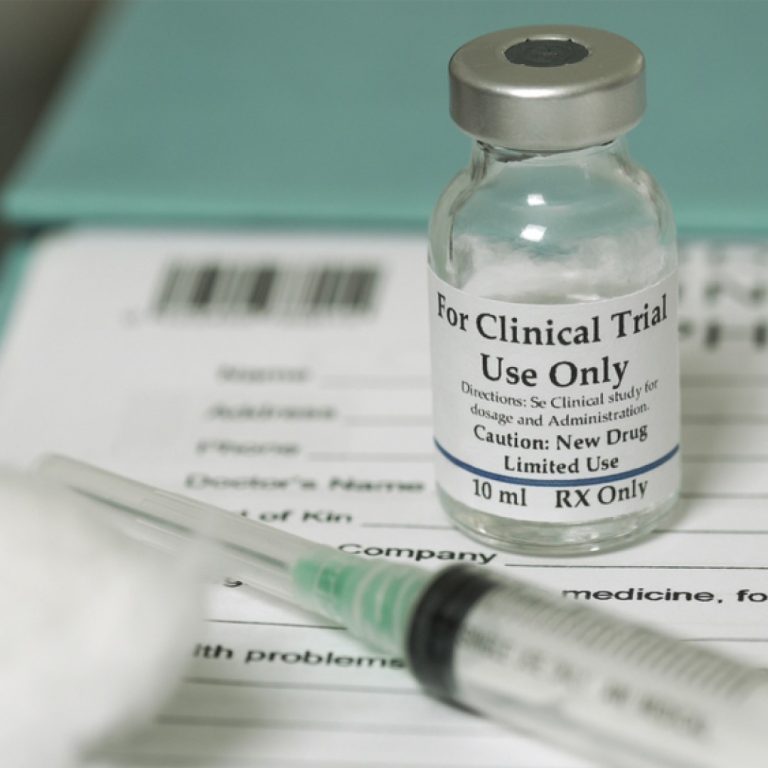
On May 23, 2006, the Trial Assigning IndividuaLized Options for Treatment (Rx), or TAILORx, was launched to examine…

On Apr. 17, 2006, the National Cancer Institute (NCI) announced initial results of the Study of Tamoxifen and…

On Mar. 8, 2006, World Kidney Day, a joint initiative between the International Society of Nephrology (ISN) and…

In 2006, the U.S. Department of Agriculture (USDA) granted Dow AgroSciences the first regulatory approval for a plant-made…
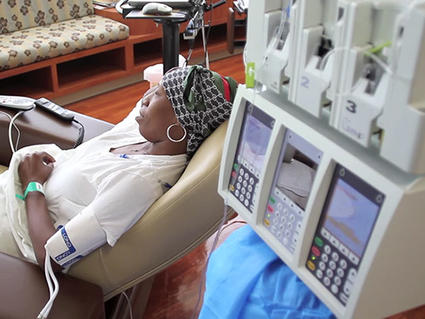
In 2006, the National Cancer Institute (NCI) launched the TAILORx trial to determine whether gene expression patterns in…

In 2006, an estimated 20.8% (45.3 million) of U.S. adults were current cigarette smokers; of these, 80.1% (36.3…
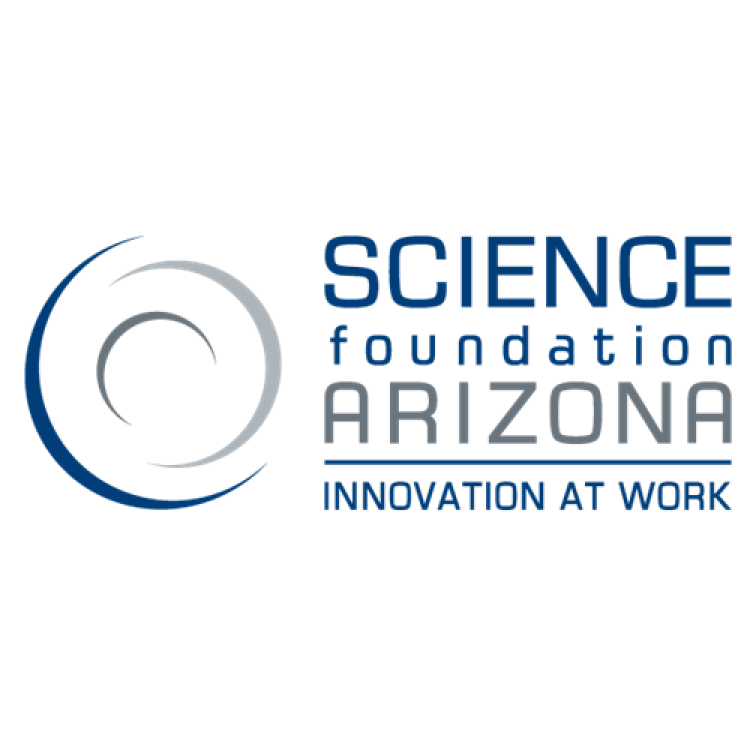
In 2006, the Science Foundation Arizona (SFAz), a 501(C)(3) non profit, was initiated by the three statewide CEO…

On Aug. 31, 2022, Yale New Haven Hospital (YNHH) broke ground on the $838 million, 505,000 square foot…

In 2006, The OHSU Peter O. Kohler Pavilion opened as state-of-the-art patient care facility on Marquam Hill in…
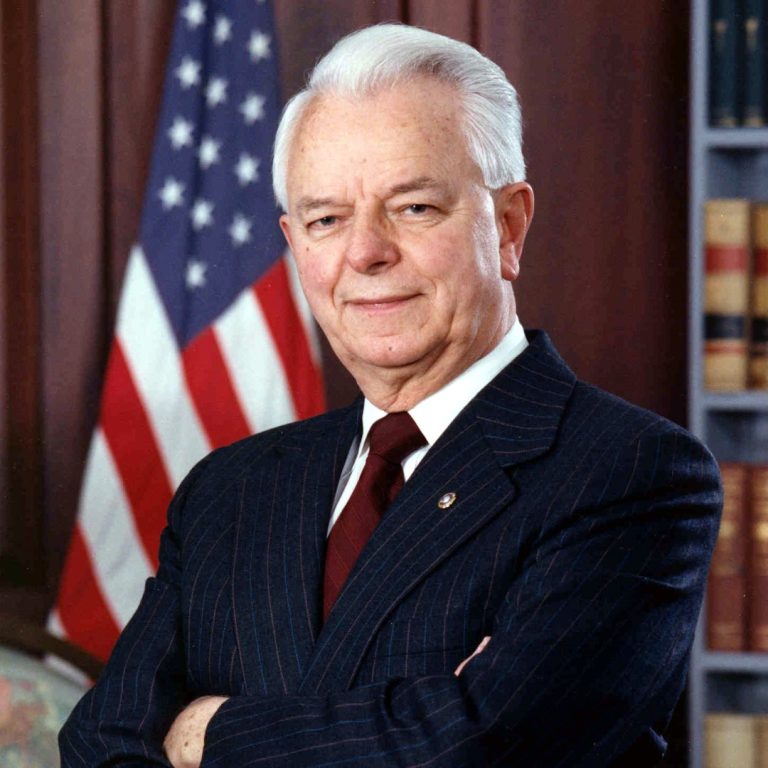
In 2006, Robert C. Byrd Biotechnology Science Center officially opened. The center was constructed with a grant of…

In 2006, the Board of Trustees of the Northwest Lions Foundation for Sight & Hearing renamed Northwest Lions…

On Dec. 13, 2005, the National Cancer Institute (NCI) and the National Human Genome Research Institute launched a…

On Dec. 7, 2005, results from several studies presented at the San Antonio Breast Cancer Symposium validated that…

On Oct. 5, 2005, the National Cancer Institute’s Annual Report to the Nation on the Status of Cancer,…

On Sept. 22, 2005, the Siteman Cancer Center opened a new center at Barnes-Jewish St. Peters Hospital. The…
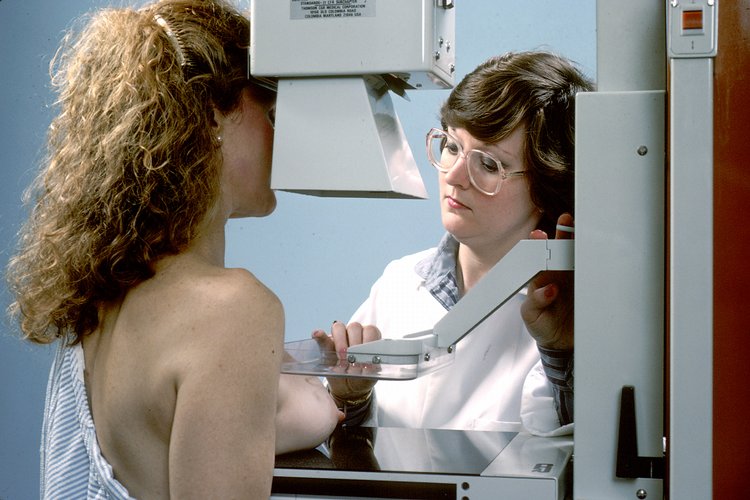
On Sept. 16, 2005, preliminary results from a large, clinical trial of digital vs. film mammography showed no…

On Aug. 18, 2005, the Medically Fragile Children’s Program was established at the Medical University of South Carolina…
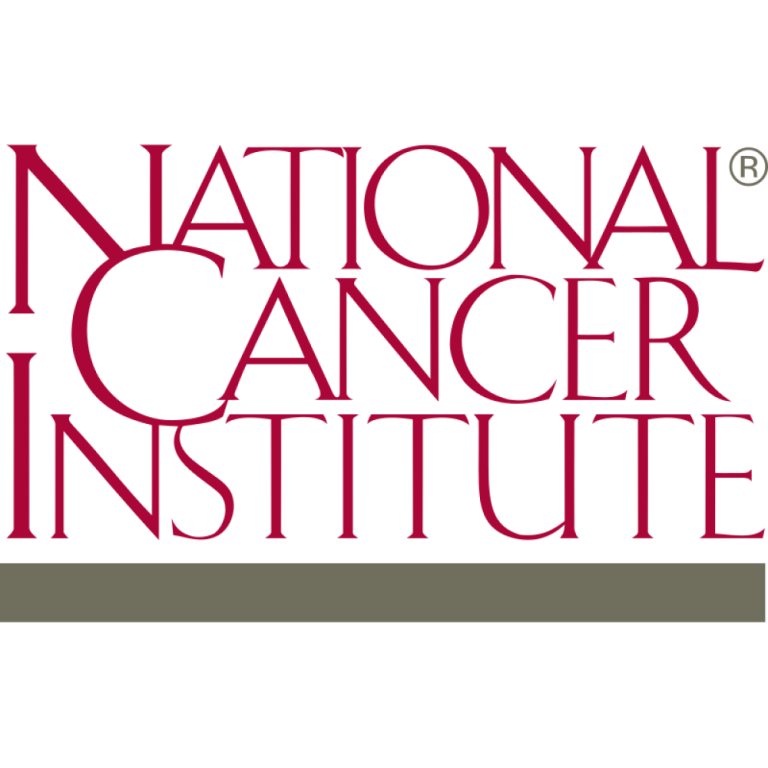
On Jun. 29, 2005, the Patient Navigator Outreach and Chronic Disease Prevention Act of 2005 (P.L. 109-18) amended…

On May 1, 2005, The Wayne State University Karmanos Cancer Institute announced it had acquired its clinical facilities…

On Apr. 27, 2005, results from two large National Cancer Institute sponsored randomized clinical trials showed that patients…
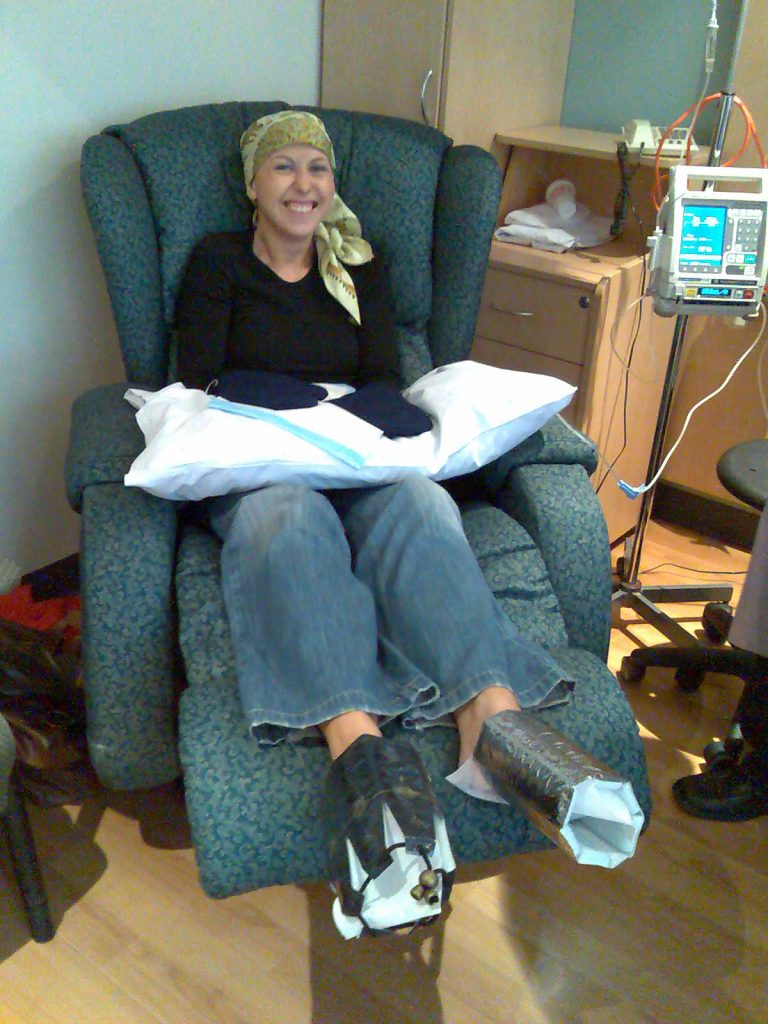
On Apr. 25, 2005, the combination of the targeted agent trastuzumab (Herceptin) and standard chemotherapy cuts the risk…

On Feb. 11, 2005, Autism Speaks was founded in New York City by Bob and Suzanne Wright, grandparents…

On Feb. 4, 2005, World Cancer Day was established by The World Health Organization. Cancer is a leading…

On Jan. 8, 2005, researchers from Baylor University Medical Center reported that although the origin of smallpox is…

In Jan. 2005, the U.S. Food and Drug Administration (FDA) approved an albumin-stabilized nanoparticle formulation of paclitaxel (Abraxane)…

In 2005, The Center for Drug Discovery was established at the University of Georgia to fulfill a critical…

In 2005, Genome Alberta, was established in partnership with Genome Canada Industry Canada and the Province of Alberta,…

In 2005, The Patient Navigator Research Program (PNRP), a National Cancer Institute initiative, was underway to assess the…

On Dec. 10, 2004, a National Cancer Institute (NCI) supported study determined that a new molecular test done…